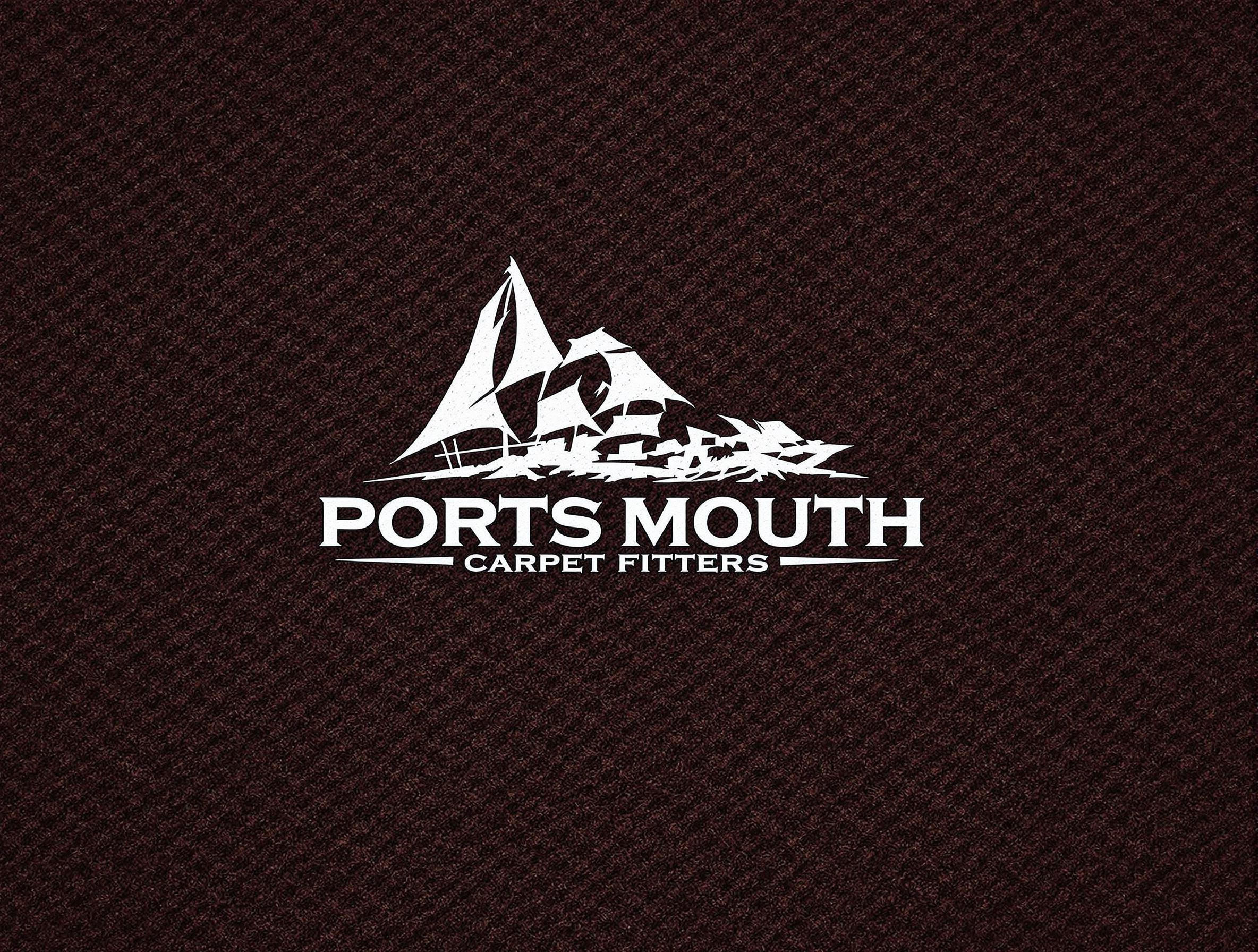Overview of Conservatories and Their Benefits
A conservatory is a versatile addition to a home, often constructed with glass panels, providing a seamless connection to the outdoors while enhancing interior space. There are various types of conservatories, including traditional styles such as Victorian and Edwardian, or more modern options like Lean-to and bespoke designs. Each type brings unique aesthetics and functionality, allowing homeowners to tailor their choice to individual preferences and existing architectural styles.
Home improvements through conservatory additions offer multiple benefits. Primarily, they can significantly increase a property’s value, making them a wise investment. According to real estate studies, the inclusion of a well-designed conservatory can boost property value by as much as 5-15%, depending on the size, material quality, and overall integration with the existing home.
Also to discover : Best garden design services in kent for beautiful outdoor areas
Moreover, conservatories enhance a property’s aesthetic appeal by creating a light, airy space that can serve multiple purposes—whether as a sunroom, a dining area with a view, or a tranquil retreat. This added living space not only improves comfort but also elevates the homeowner’s lifestyle by offering a unique setting that merges indoor luxury with outdoor serenity.
Thus, integrating a conservatory is not just an architectural upgrade but a strategic enhancement of both living experience and property value. By thoughtfully considering design preferences and available space, homeowners can optimize their investment, achieving a blend of beauty and utility that enriches their home environment.
This might interest you : Understanding cornwall property purchases: essential tips for managing radon exposure risks
Types of Conservatories Suitable for Brighton Homes
In the vibrant architectural landscape of Brighton, selecting the right type of conservatory can make all the difference. Homeowners in this area benefit from diverse design styles that can both complement and enhance their existing homes.
Victorian Conservatories
Victorian conservatories are celebrated for their exquisite design features, including bay windows and ornate ridge details, which blend seamlessly into Brighton’s aesthetic. Known for their historical charm and grandeur, these conservatories pair well with traditional or period-style homes, adding a sense of elegance and timelessness to any property.
Edwardian Conservatories
With their symmetrical shapes and spacious layouts, Edwardian conservatories are ideal for those who prioritize functionality alongside aesthetic appeal. They optimize interior space, making them suitable for both modern homes and older properties seeking a fresh, yet classic look. Numerous local installations demonstrate their ability to effortlessly amplify living areas while retaining architectural integrity.
Lean-to Conservatories
The Lean-to conservatory, often referred to as a sunroom, is a practical choice for those in Brighton looking for space efficiency and affordability. This design is particularly appealing to homeowners with smaller properties, where maximizing usable space is paramount. Their simple, minimalist design makes them a budget-friendly option without compromising on light and accessibility.
Design and Aesthetics Considerations
When it comes to conservatory design, homeowners have a multitude of options that can significantly enhance their home aesthetics and ensure a harmonious integration with their existing architecture. Popular design elements currently include sleek, modern lines which offer a minimalist appeal, and ornate, traditional motifs that add classical elegance. These trends cater to various personal tastes and architectural preferences, allowing conservatories to seamlessly blend or boldly contrast with the main structure.
Selecting the right color schemes, materials, and finishes is crucial to achieving the desired aesthetic impact. Neutral tones are often favored for their versatility and ability to highlight natural light, while bolder colors can create striking visual contrasts. Materials like wood and aluminum offer different stylistic possibilities, with wood providing a warm, natural feel and aluminum presenting a sleek, contemporary look. Meanwhile, finishes such as high-gloss, matte, or powder-coated add further personalization options to the design.
Effective integration of the conservatory with the existing home architecture assures a cohesive look and increases property value. Techniques such as matching decorative options like window styles, roof designs, and flooring types ensure continuity throughout the space. By considering these design elements, homeowners can create conservatories that not only enhance their property’s appeal but also complement their lifestyle by providing a versatile and inviting space.
Local Regulations and Permissions in Brighton
Building a conservatory in Brighton involves more than just design choices; navigating local building regulations and planning permissions is crucial. Understanding these requirements ensures compliance and aids in a smooth installation process.
In Brighton, planning permission is necessary if the conservatory exceeds stipulated height limits, isn’t separated by an external door from the main house, or affects listed buildings and properties in protected areas. It’s vital to verify whether your planned design meets permitted development rights before progressing, saving time and potential headaches.
Building regulations, on the other hand, focus on structural integrity and safety, covering areas such as thermal performance and light transmission. In some instances, conservatories are exempt, but it’s advisable to consult local authorities to confirm compliance with regulations. Ensuring your project aligns with both planning and building standards is pivotal in creating a lasting addition that enhances your home without legal hurdles.
Return on Investment: Assessing Value from Conservatory Installation
When considering the installation of a conservatory, understanding the potential return on investment (ROI) is crucial. Studies highlight that a well-integrated conservatory can increase property value by approximately 5-15%, making it a compelling addition to any home. This increase in value is contingent upon various factors, including the size, quality of materials, and how well the conservatory complements the existing architecture. Homeowners should evaluate their property’s unique characteristics to determine the optimal design that enhances both market appeal and usability.
Several local case studies in Brighton demonstrate successful property value enhancement through conservatory installations. These examples reveal that beyond aesthetics, functional usability significantly boosts perceived property worth. Projects that incorporate energy-efficient materials and innovative designs tend to achieve higher ROI, aligning with the growing consumer demand for sustainable housing solutions.
Investing in a conservatory is not just about immediate financial gains; it’s an investment in lifestyle and long-term property appreciation. By selecting designs that offer practicality alongside visual appeal, homeowners can ensure their conservatory not only elevates their daily living experience but also stands as a testament to thoughtful home investment.
Energy Efficiency and Sustainability
In the realm of energy efficiency and sustainable building, conservatories can significantly impact a home’s environmental footprint. Prioritizing energy-efficient designs and materials is crucial for homeowners seeking to reduce energy consumption while enjoying the benefits of a conservatory. Features such as double-glazing and thermal insulation are essential, minimizing heat loss and maintaining a comfortable indoor climate throughout the year.
Maintaining energy efficiency in conservatories involves regular checks and minor adjustments. Sealing gaps in frames and ensuring that double-glazed windows are intact can prevent unwarranted heat escape. Installing energy-efficient lighting and utilizing smart climate control systems can further enhance sustainability, adapting to seasonal demands efficiently.
When it comes to sustainable options for construction, consider using recycled or eco-friendly materials. For instance, opting for sustainably sourced wood or aluminum with recycled content can lessen environmental impact. Furthermore, integrating solar panels into the conservatory design may not only amplify energy savings but also contribute to a home’s self-sufficiency.
Consistent maintenance is vital for long-term sustainability. Routine cleaning keeps glass and frames in prime condition, while inspections help identify areas needing improvements in energy retention. By embracing these proactive approaches, homeowners can ensure their conservatory remains a model of energy efficiency and environmental consciousness.
Maintenance Tips for Long-lasting Conservatories
To enhance the longevity of conservatories, regular upkeep is essential. Routine conservatory maintenance involves a variety of tasks aimed at preserving both the structure and its aesthetic appeal. A consistent cleaning regimen ensures that glass panels remain clear and free from stains, thus maximizing natural light. Use a mild detergent and soft cloth to avoid scratches. It’s also important to inspect seals and joints for wear and tear, re-sealing as necessary to prevent leaks and maintain thermal efficiency.
Seasonal preparations play a critical role in protecting the conservatory against adverse weather conditions. Before winter, check that the gutters and drainage are clear to avoid water accumulation, which can lead to structural damage. During autumn, remove fallen leaves regularly to prevent blockage. In warmer months, ensure ventilation systems are functioning optimally to avoid overheating.
Implementing these maintenance strategies can significantly extend the lifespan of your conservatory, safeguarding your investment and enhancing your living space over time. Choosing high-quality materials during installation can also reduce maintenance needs, but regular attention is key to long-term satisfaction.
Finding Local Contractors and Suppliers in Brighton
Choosing the right local contractors and suppliers is crucial for the successful installation of conservatories in Brighton. It’s important to consider companies that have a proven record of trustworthy and high-quality service. Exploring options through recommendations can lead you to contractors known for their craftsmanship and attention to detail, ensuring your conservatory becomes a standout feature in your home.
When evaluating potential contractors, focus on their experience with a variety of conservatory types and their ability to integrate designs that complement Brighton’s diverse architectural styles. Seeking out those who have completed projects similar to your vision can provide assurance regarding their ability to deliver satisfying results.
Another crucial factor is to verify reviews and testimonials from previous clients. This aspect not only highlights the contractor’s strengths but also their approachability and reliability throughout the project. Platforms that offer genuine feedback will give you insight into the customer experience and the quality of materials used.
Moreover, aligning with suppliers who provide high-grade materials is key. Look for those who offer a variety of sustainable options to not only beautify your home but also enhance its energy efficiency. Do consider their supply chain’s carbon footprint as part of your environmental commitment. Therefore, both product quality and eco-friendliness should guide your selection.
Before making a final decision, ensure open and transparent communication with the chosen professionals. Detailed contracts and clear timelines help manage expectations and deliver your dream conservatory without unexpected setbacks.









